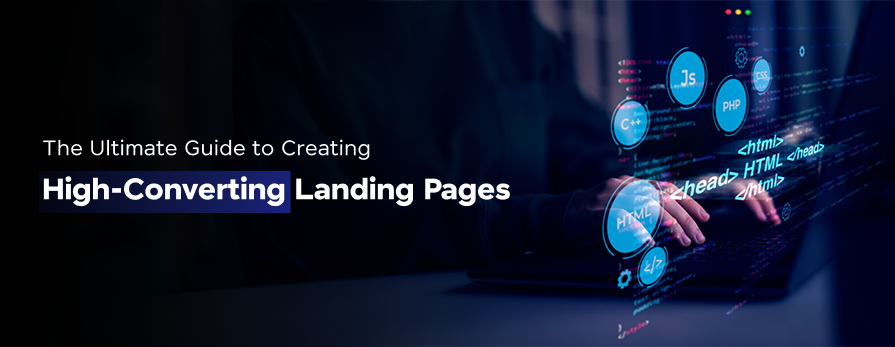
How to Create High-Converting Landing Pages: The Ultimate Guide
Sep 28, 2024 5 Min Read 1769 Views
(Last Updated)
Amidst the noise of endless online content, a well-crafted landing page stands as your secret weapon to turn casual visitors into engaged customers. But what makes a landing page truly effective? Is it the design, the copy, or the call to action? The answer is a harmonious blend of all these elements and more.
If you are looking to refine your existing strategies, understanding the anatomy of a successful landing page is crucial. This ultimate guide will walk you through the essential tips and best practices, helping you create landing pages that not only attract but also convert. Get ready to unlock the full potential of your marketing campaigns by mastering the art of optimizing landing page optimization.
Table of contents
- What is a Landing Page?
- Importance in Digital Marketing Campaigns
- Types of Landing Pages
- Lead Generation Pages
- Click-Through Pages
- Squeeze Pages
- Sales Pages
- Essential Elements of a High-Converting Landing Page
- Compelling Headlines
- Engaging Visuals
- Clear and Concise Copy
- Call-to-Action (CTA)
- Design and Layout Best Practices
- Simplifying Your Design
- Responsive Design
- Loading Speed Optimization
- Leveraging Trust Signals
- Customer Testimonials and Reviews
- Trust Badges and Certifications
- A/B Testing and Analytics
- Elements to Test
- Tools for Landing Page Analytics
- Common Mistakes to Avoid
- Keep Your Content Focused and Concise
- Ensure Mobile-First Design
- Strengthen Your CTA
- Don't Fail to Test and Iterate
- Wrapping Up
- FAQs
- How to optimize landing pages?
- How to do SEO for a landing page?
- Does Google rank landing pages?
What is a Landing Page?
A landing page is a standalone web page designed specifically for a marketing or advertising campaign. It’s where a visitor lands after clicking on a link in an email, or ads from Google, Bing, YouTube, Facebook, Instagram, Twitter, or similar places on the web. Unlike web pages, which typically have many goals and encourage exploration, landing pages are designed with a single focus or goal, known as a call to action (CTA).
Before we move to the next part, Gain a deeper knowledge of business analytics and digital marketing concepts. You can consider enrolling yourself in GUVI’s Business Analytics and Digital Marketing Course, which lets you gain practical experience by developing real-world projects and covering technologies including Power BI, Excel, SQL, Tableau, Data Visualization, etc.
Additionally, if you would like to explore Marketing Research Techniques through a Self-paced course, try GUVI’s Marketing Research Techniques certification course.
Importance in Digital Marketing Campaigns
Landing pages are crucial because they help increase conversion rates and lower your cost of acquiring a lead or sale. The sole purpose of a landing page is to convert visitors into leads or customers, making it an essential tool in your digital marketing toolkit.
Types of Landing Pages
Before moving on, we need to understand the basics of landing pages, starting from their types.
Lead Generation Pages
These pages collect user information, such as names and email addresses, through a form. They are often used in B2B marketing to build a list of prospective customers.
Click-Through Pages
These pages act as a middleman between an ad and the e-commerce shopping cart. They provide detailed information about a product or offer and encourage visitors to click through to the final destination.
Squeeze Pages
Designed to capture email addresses from potential subscribers. These are typically short and to the point, focusing solely on email collection.
Sales Pages
These are long-form pages designed to sell a product or service directly. They provide comprehensive information and persuasive content to drive a purchase decision.
Read More: 8 Best YouTube Channels to Learn Digital Marketing 2024
Essential Elements of a High-Converting Landing Page
Before constructing a high-converting landing page, let’s break it down into its essential components.

1. Compelling Headlines
The headline is the first thing visitors see, so it needs to grab their attention and compel them to stay. Effective headlines are clear, concise, and aligned with the visitor’s intent.
Examples of Effective Headlines
- “Unlock Your Full Potential with Our Free Webinar”
- “Get a Free Demo for Your Business Today”
2. Engaging Visuals
Visual content plays a significant role in capturing attention and communicating your message quickly. Use high-quality images and videos that are relevant to your offer and resonate with your audience.
Best Practices for Visual Content
- Use images of real people, especially smiling faces, to create a personal connection.
- Include videos to explain complex concepts or demonstrate product features.
3. Clear and Concise Copy
Your landing page copy should be persuasive yet concise. Focus on the benefits of your offer and how it solves the visitor’s problem.
Tips for Keeping the Message Clear
- Use bullet points to break up text and highlight key benefits.
- Keep paragraphs short and to the point.
4. Call-to-Action (CTA)
The CTA is the most critical element on your landing page. It tells visitors what you want them to do next.
Designing and Positioning Your CTA
- Use action-oriented language that creates a sense of urgency (e.g., “Get Started Now,” “Book Now”).
- Make the CTA button stand out with a contrasting color and strategic placement.
Also Explore: The 5C’s of Effective Content Marketing: A Deep Dive
Design and Layout Best Practices
Here are a few things to remember while designing the layout of the landing page:
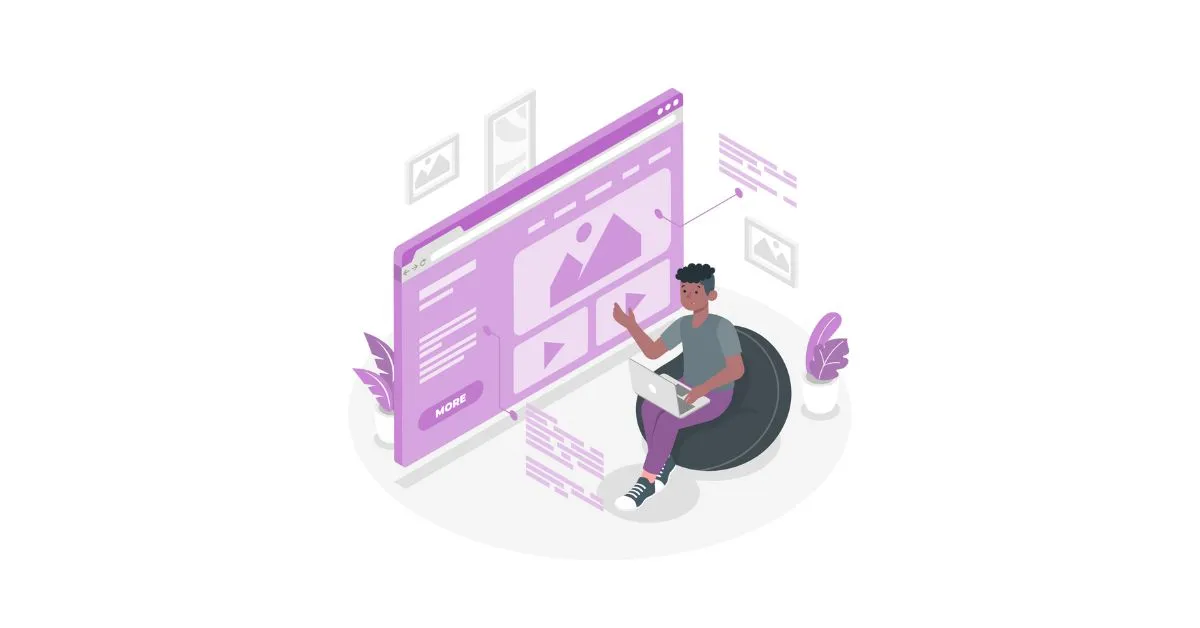
Simplifying Your Design
A clean, uncluttered design helps focus the visitor’s attention on your CTA and key messages.
Importance of Minimalistic Design
- Avoid using too many fonts or colors.
- Use white space effectively to guide the visitor’s eye.
Responsive Design
With more people accessing the internet via mobile devices, your landing page must be mobile-friendly.
Best Practices for Responsive Design
- Use a mobile-first design approach.
- Ensure text and images resize correctly on different devices.
Loading Speed Optimization
A slow-loading page can lead to high bounce rates and lost conversions.
Tools and Tips for Optimizing Page Speed
- Compress images to reduce file size without compromising the quality.
- Use a reliable web hosting service.
Explore About Top 10 E-commerce Marketing Strategies for 2024
Leveraging Trust Signals
Whenever you craft a landing page, make sure to add a trust element to showcase trust signals and boost conversions.
Customer Testimonials and Reviews
Adding testimonials and reviews can significantly boost your credibility and conversion rates.
Best Practices for Displaying Reviews
- Use testimonials that highlight specific benefits of your product or service.
- Display reviews prominently near your CTA.
Trust Badges and Certifications
Trust badges, such as security seals and certifications, can reassure visitors that their information is safe and your business is legitimate.
Examples of Effective Trust Signals
- “Secure Checkout” badges
- Industry certifications and awards
Read more: Top 10 Social Media Trends for 2024
A/B Testing and Analytics
A/B testing involves creating two versions of a landing page to see which one performs better. This process helps you optimize your landing page elements for maximum conversions.
Elements to Test
- Headlines
- CTAs
- Images
Tracking key metrics allows you to understand how visitors interact with your landing page and identify areas for improvement. Conversion rate, bounce rate, and average time on the page are the key metrics that you should be tracking down.
Tools for Landing Page Analytics
Must Explore: Top A/B Testing Tools | Don’t miss the obvious 4th one
Common Mistakes to Avoid
While understanding best practices is crucial, it’s equally important to be aware of common pitfalls that can undermine your efforts. Here are some common mistakes to avoid when creating your landing page:
1. Keep Your Content Focused and Concise
One of the most frequent mistakes marketers make is overloading their landing pages with too much information. Visitors land on your page with a specific goal in mind, and bombarding them with excessive details can overwhelm and confuse them, leading to higher bounce rates.
Tips to Avoid Overloading:
- Use bullet points to highlight key benefits and features.
- Break your content into digestible pieces i.e. Short paragraphs and concise sentences.
- Use headings, subheadings, and white space to guide the reader’s eye to the most important parts of your page.
Know More: What is Content Marketing? Types, Uses, Strategy For 2024
2. Ensure Mobile-First Design
With a significant portion of web traffic coming from mobile devices, neglecting mobile optimization can severely impact your landing page’s performance. A page that looks great on a desktop but is difficult to navigate on a smartphone will frustrate visitors and drive them away.
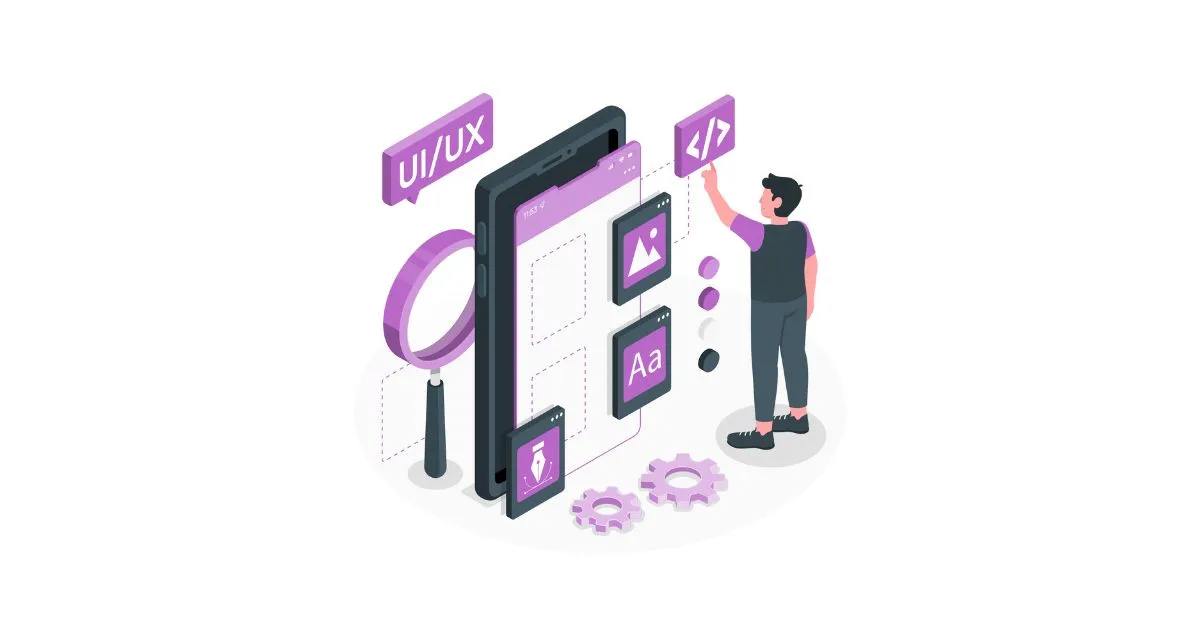
Tips to Ensure Mobile Optimization:
- Use responsive design techniques to ensure your landing page adjusts seamlessly to different screen sizes. Test your page on multiple devices to confirm its functionality.
- Mobile users are often on the go and have little patience for slow-loading pages. Optimize images and reduce heavy scripts to improve load times.
- Ensure that buttons and links are large enough to be easily tapped with a thumb. Avoid placing clickable elements too close together.
- Keep your content focused and avoid overwhelming visitors with too much information.
- Ensure your landing page is fully optimized for mobile devices to avoid losing potential customers.
- Your landing page should align with the user’s expectations and provide a seamless experience from start to finish.
3. Strengthen Your CTA
The CTA is the cornerstone of your landing page. If it’s weak, unclear, or buried under other content, visitors may leave without taking action.
Tips to Strengthen Your CTA:
- Use verbs that indicate the action you want visitors to take, such as “Download Now,” “Sign Up Today,” or “Get Started.”
- Make sure your CTA stands out by using a contrasting color and placing it prominently on the page. It should be one of the first elements visitors see.
- Don’t be afraid to repeat your CTA in different sections of your page, especially if it’s a long-form landing page. Multiple CTAs give visitors more opportunities to convert.
Must Explore: Top 15 B2B Digital Marketing Strategies in 2024 [Updated]
4. Don’t Fail to Test and Iterate
A set-it-and-forget-it approach doesn’t work for landing pages. Regular testing and iteration are crucial for optimizing performance and improving conversion rates.

Tips for Effective Testing and Iteration:
- Continuously run A/B tests on different elements of your landing page, such as headlines, images, CTAs, and layouts. Use the data to make informed decisions about what works best.
- Use tools like Google Analytics to monitor key metrics such as conversion rates, bounce rates, and average time on page. Identify areas where visitors drop off and experiment with changes to improve these metrics.
- Collect feedback from real users to gain insights into their experience on your landing page. Use surveys, heatmaps, and session recordings to understand how visitors interact with your page.
Wrapping Up
Crafting an effective landing page is a blend of art, science, and a deep understanding of your audience’s needs. In the bustling world of digital marketing, where first impressions are everything, a well-designed landing page can be the difference between a fleeting visit and a lasting customer relationship.
The journey doesn’t end with the launch of your landing page. Continuous testing, iteration, and optimization are essential to stay ahead in the competitive digital world.
By avoiding these common mistakes and adhering to best practices, you can create landing pages that are not only visually appealing but also highly effective in converting visitors into leads and customers. Remember, the key to a successful landing page is continuous testing, learning, and optimization.
Also Explore: Top Digital Marketing Trends for 2024
Kickstart your career by enrolling in GUVI’s Business Analytics and Digital Marketing Course where you will master technologies including Power BI, Excel, SQL, Tableau, and Data Visualization, and build interesting real-life business-analytics projects.
Alternatively, if you want to explore Marketing Research Techniques through a Self-paced course, try GUVI’s Marketing Research Techniques certification course.
FAQs
1. How to optimize landing pages?
To optimize landing pages, focus on clear and compelling headlines, engaging visuals, concise and persuasive copy, a strong call-to-action, mobile-friendly design, fast loading speeds, social proof elements, and regular A/B testing to improve performance.
2. How to do SEO for a landing page?
To do SEO for a landing page, focus on keyword research, optimize the page title and meta description, include the primary keyword in headings and throughout the content, use high-quality images with alt text, ensure fast loading times, make the page mobile-friendly, and build backlinks to the page from reputable sites.
3. Does Google rank landing pages?
Yes, Google ranks landing pages as part of its search results. A well-optimized landing page with relevant keywords, high-quality content, and a good user experience design can improve its ranking in Google search results.

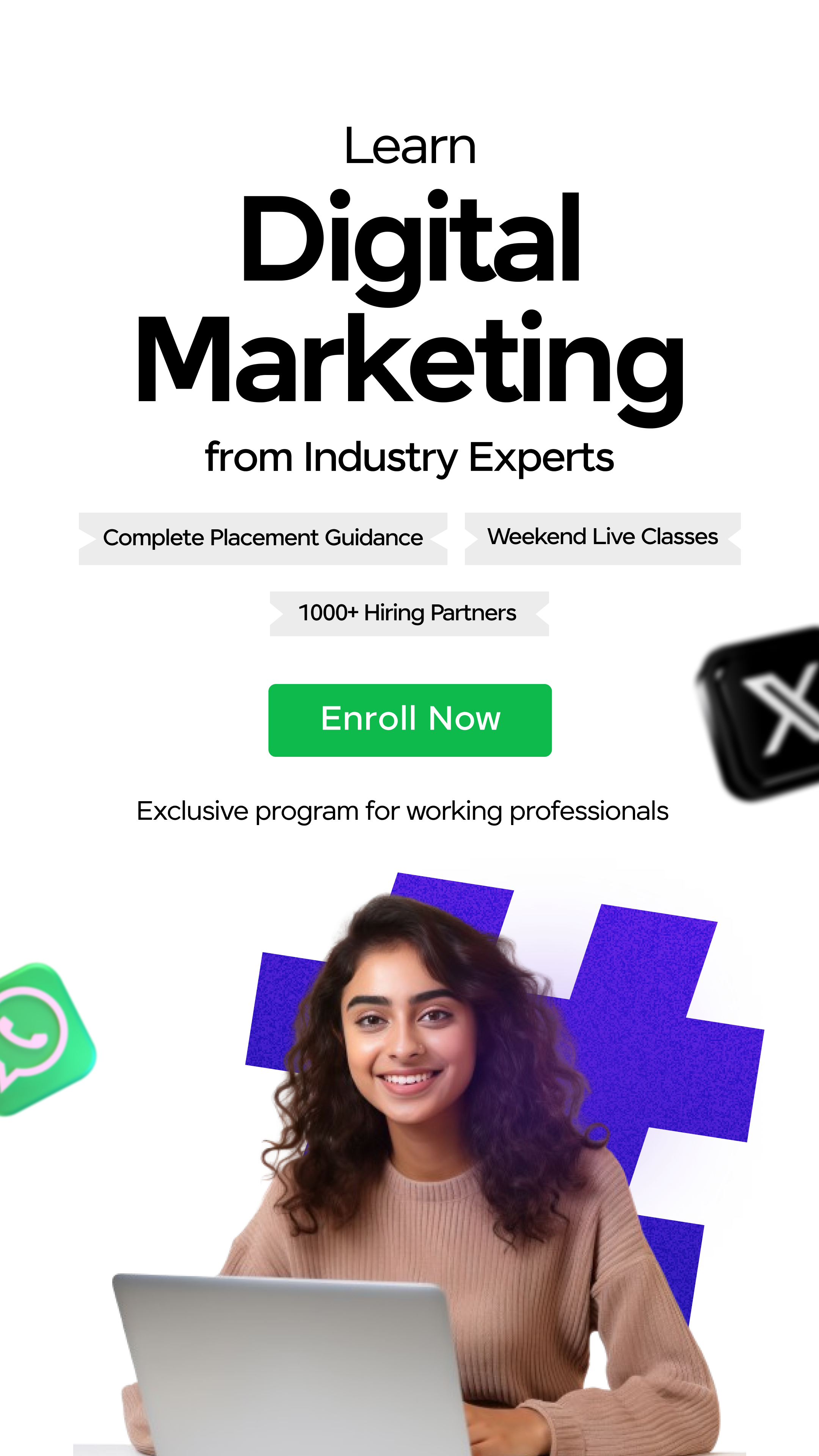


















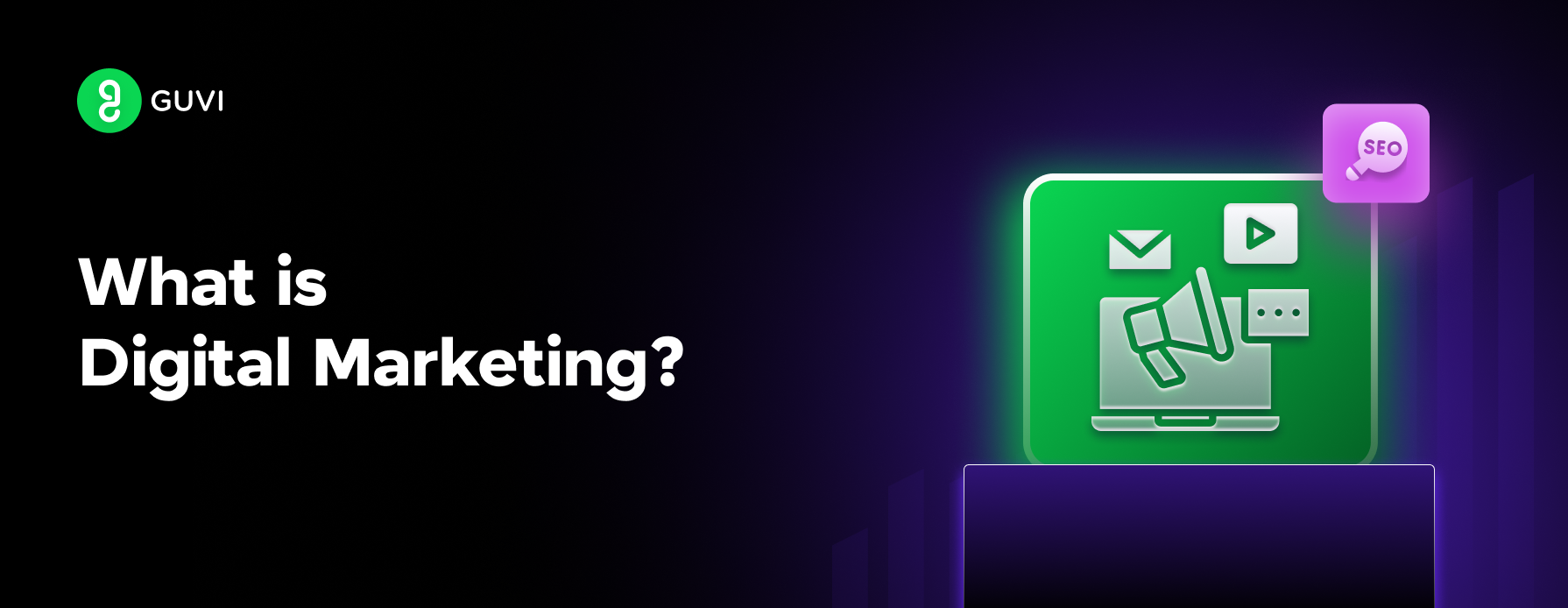
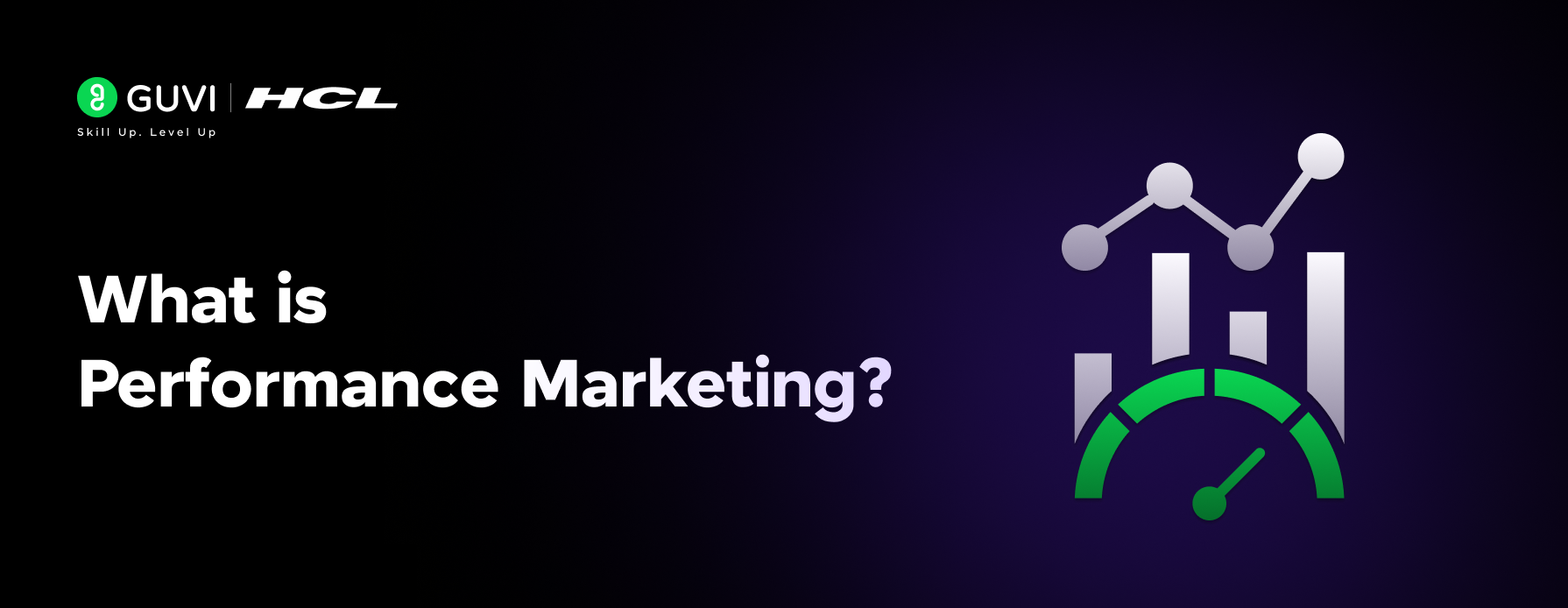
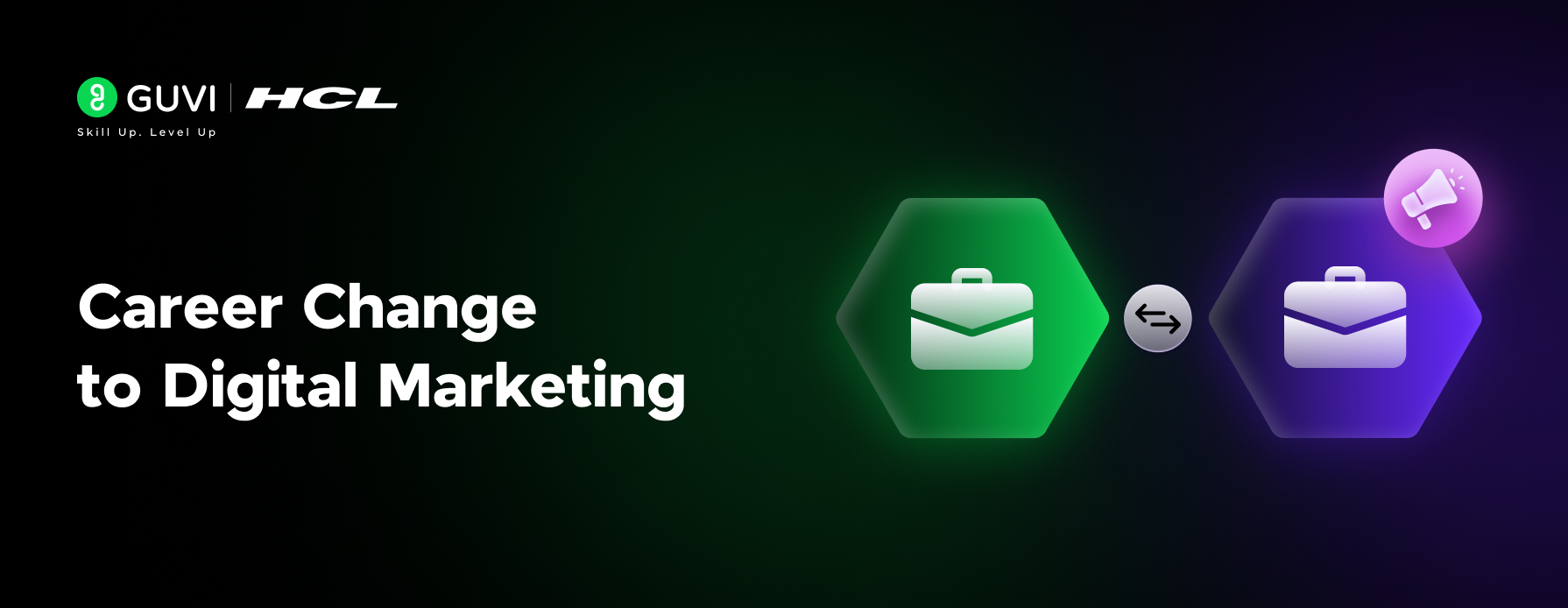
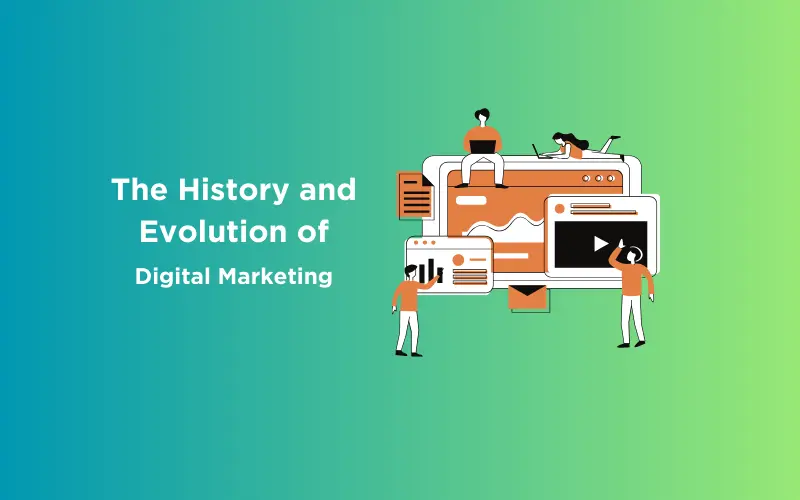
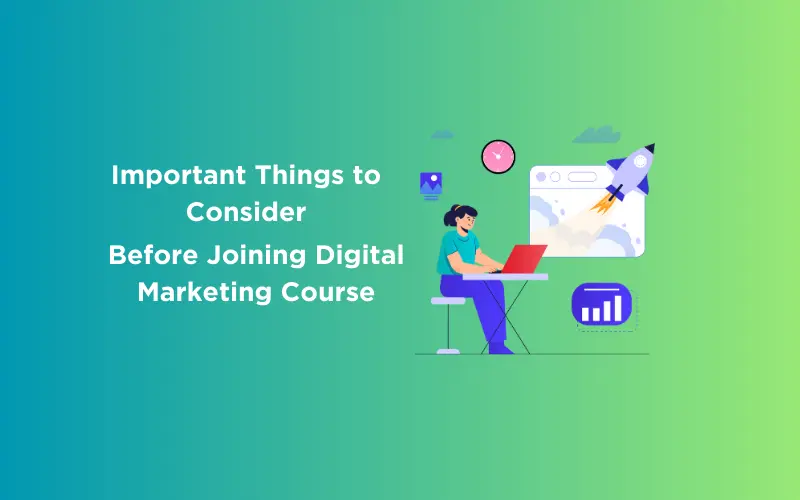
![Best Product-based Companies for Digital Marketing Freshers [2025] 11 Feature image - Best Product-based Companies for Digital Marketing Freshers](https://www.guvi.in/blog/wp-content/uploads/2023/10/Feature-image-Best-Product-based-Companies-for-Digital-Marketing-Freshers-.webp)


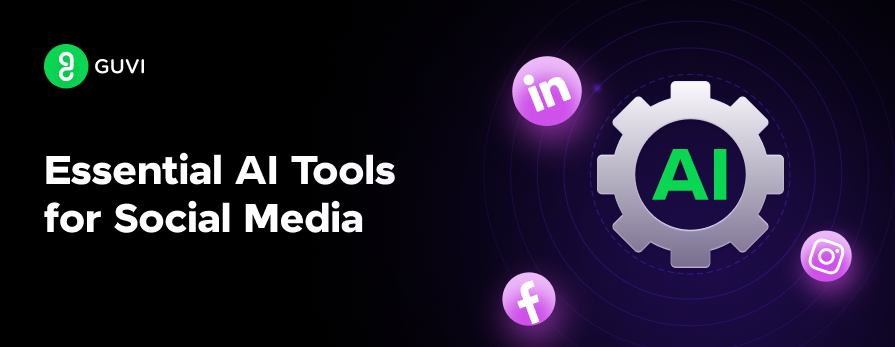
Did you enjoy this article?